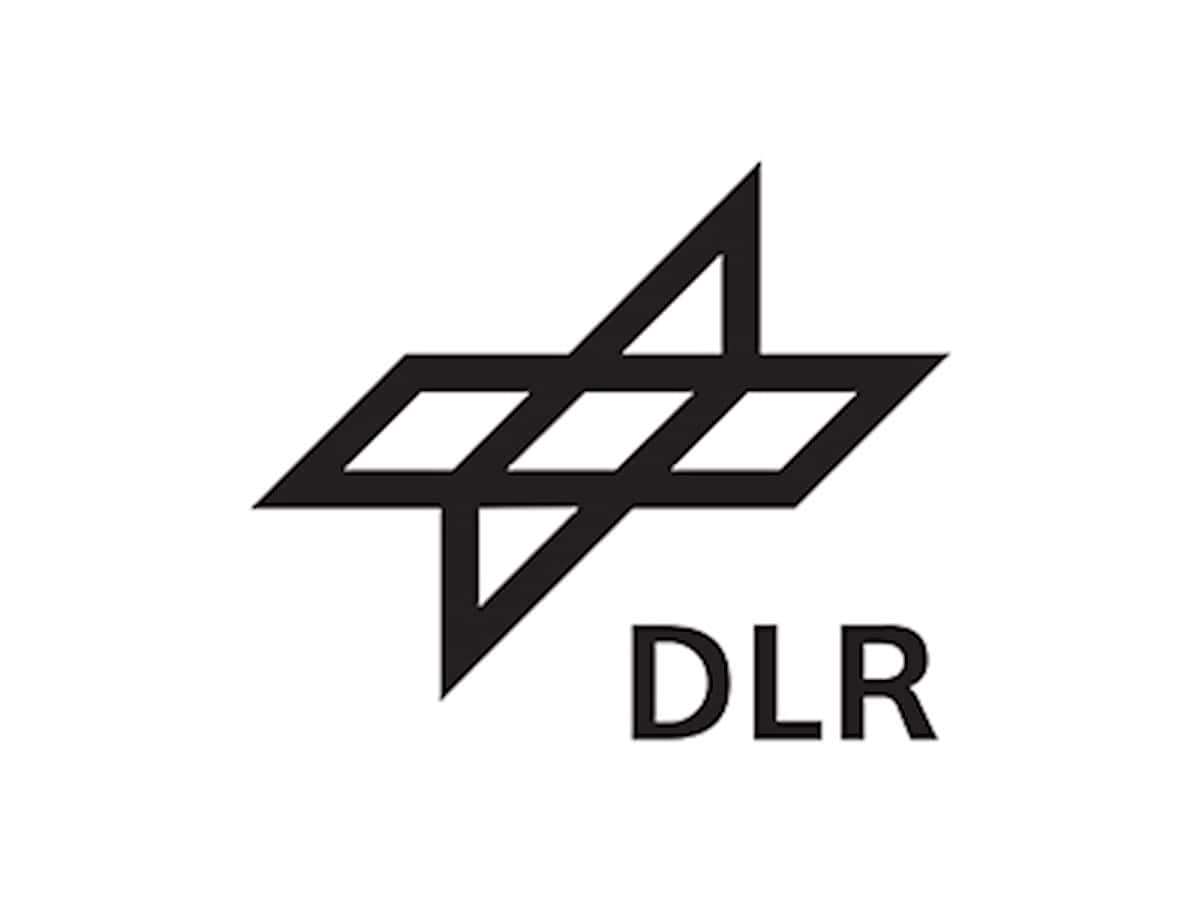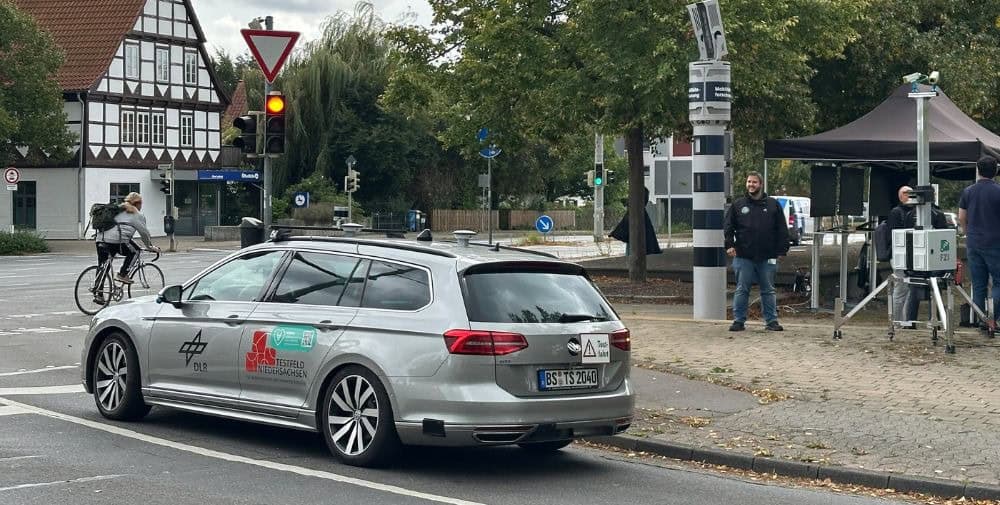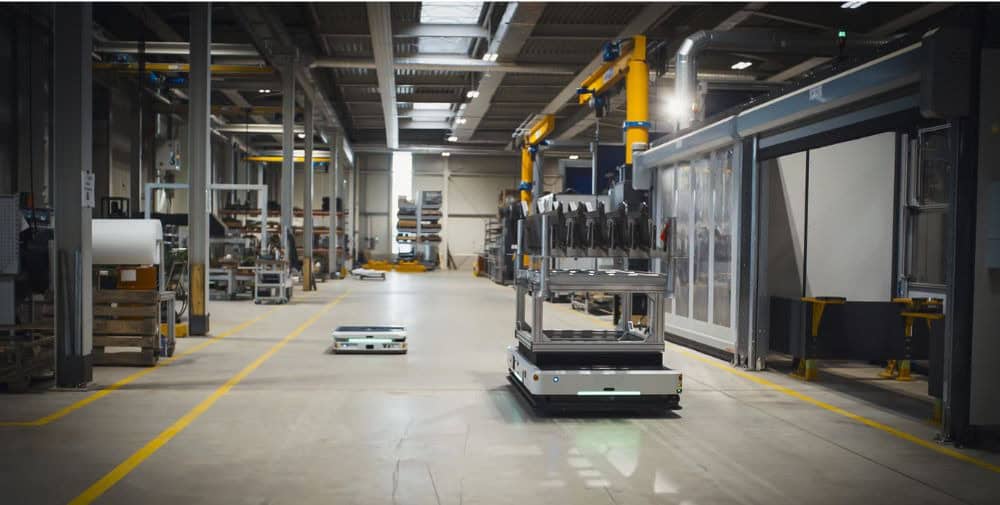
The DLR is supporting the market ramp-up of autonomous driving in Germany and associated innovations for future products and services with technology projects such as this one.
Digital infrastructure guides autonomous vehicles in complex traffic situations
In the MAD, the automation on board the vehicle receives support from the digital infrastructure. The digital infrastructure includes, for example, sensors at traffic lights, street lamps and buildings as well as so-called edge computers. These are special, compact computers that process data directly where it is generated, i.e. at the edge of a network. “We then combine the data collected by these sensors to create an overall picture of all road users. This also includes objects that are hidden from the vehicle’s view. This allows the autonomous vehicle to ‘see’ more and cope better with challenging situations,” explains Julian Schindler, DLR researcher and technical director of the project. “MAD can make autonomous driving safer, faster and therefore more economically attractive – and thus also accelerate its introduction in cities.” In the future, the data from the digital infrastructure could also be used to direct traffic more efficiently, for example by adapting traffic lights to the respective traffic conditions.
First practical test successfully completed in Braunschweig
In mid-September 2025, a team from DLR and the Research Center for Information Technology (FZI) used specially equipped research vehicles to demonstrate the feasibility of this approach in practice – for the first time worldwide in public road traffic. This “proof of concept” is an important milestone in the development of the technology. The vehicles crossed the intersection at Tostmannplatz in Braunschweig, which had been equipped with two sensor pillars as part of the project. Inside these pillars are a large number of sensors and computers. These record and analyze the traffic for research purposes. To do this, they record the outlines of passing vehicles, people and objects on the intersection as well as the footpaths and cycle paths in compliance with data protection regulations. From this, they create a picture of the overall traffic situation.
When the two research vehicles approached the intersection, the Edge computer took control, continuously calculated the safe route and monitored the execution of the driving maneuvers. When the vehicles left the intersection area, the automation system in the vehicle took over control again. “You can think of the MAD process like a pilot in aviation or shipping. MAD supports safe and efficient driving in difficult situations and thus increases safety for all road users,” explains Julian Schindler. The tests were carried out in close cooperation with the city of Braunschweig and also use the sensors already installed at Tostmannplatz at the DLR’s Lower Saxony test site.
Promoting technologies and innovations relating to autonomous driving
There are currently no binding standards for procedures and approaches such as MAD. In general, however, the aspect of interoperability will be important, i.e. different systems in vehicles and infrastructure working together as seamlessly as possible. In future, the scope of the automation function between vehicle and infrastructure could also be handled more flexibly, depending on the situation and application. One example of this would be a bus route controlled entirely by MAD. This would mean that not every bus would have to be equipped with expensive technology for autonomous driving. If many vehicles are to be automated in the future, MAD would also offer an economic advantage. New business ideas would also be possible, such as offering data from the infrastructure as an optional digital service.
– – – – – –
Further links
👉 www.dlr.de
Photo: DLR




